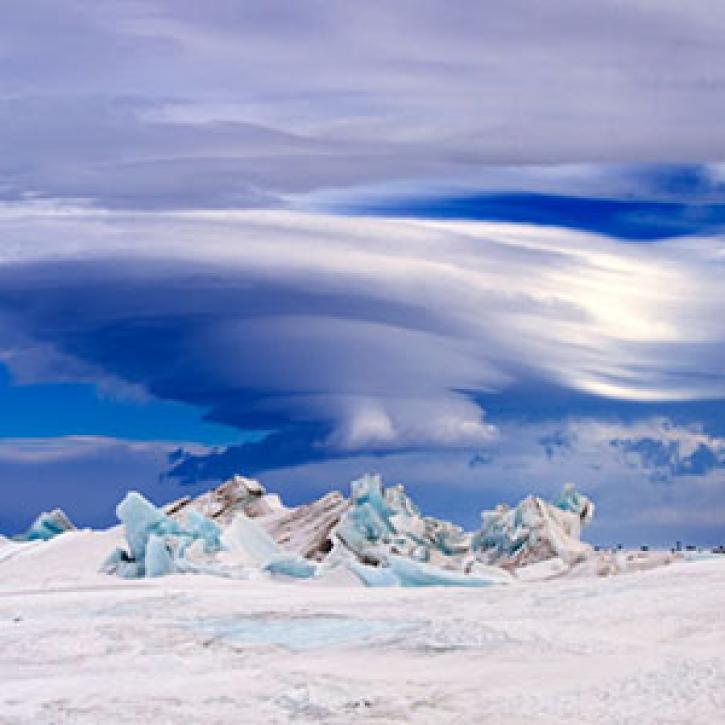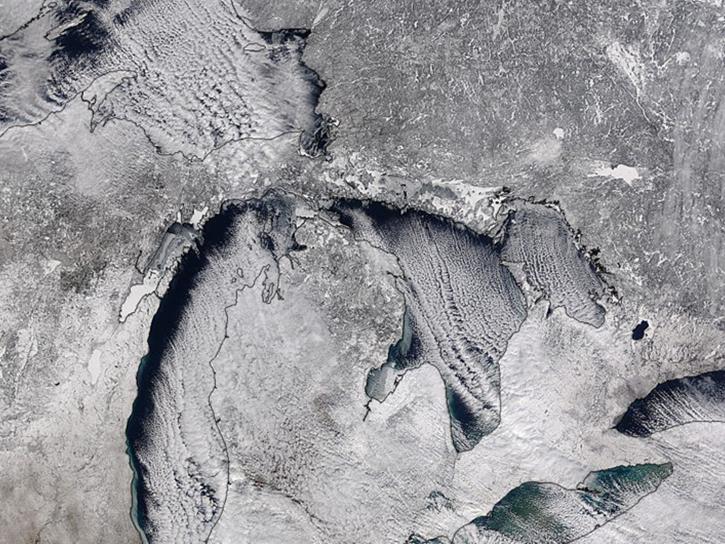Access a range of datasets and data tools to further your snow and ice albedo research.
Albedo is a measurement of how much a surface reflects solar energy. Snow and ice are substances with high albedo. Ice reflects 50-70% of sunlight, and snow bounces back as much as 90% of solar radiation. The more energy a surface reflects, the cooler it and it's surrounding environment will be, which is partly why Earth's poles, with its great caps of ice, are so cold and a key controller of the planet's climate and weather.
Measuring albedo is an important detail for understanding how snow and ice influence Earth's weather and climate, and for making forecasts, predicting spring flooding, and powering computer models.
NASA has albedo data generated from space-based instruments such as the Moderate Resolution Imaging Spectroradiometer (MODIS) as well as from various field campaigns and computer models.
Learn How to Use Albedo Data



Join Our Community of NASA Data Users
While NASA data are openly available without restriction, an Earthdata Login is required to download data and to use some tools with full functionality.
Learn About the Benefits of Earthdata LoginFrequently Asked Questions
Earthdata Forum
Our online forum provides a space for users to browse thousands of FAQs about research needs, data, and data applications. You can also submit new questions for our experts to answer.
Submit Questions to Earthdata Forumand View Expert Responses
